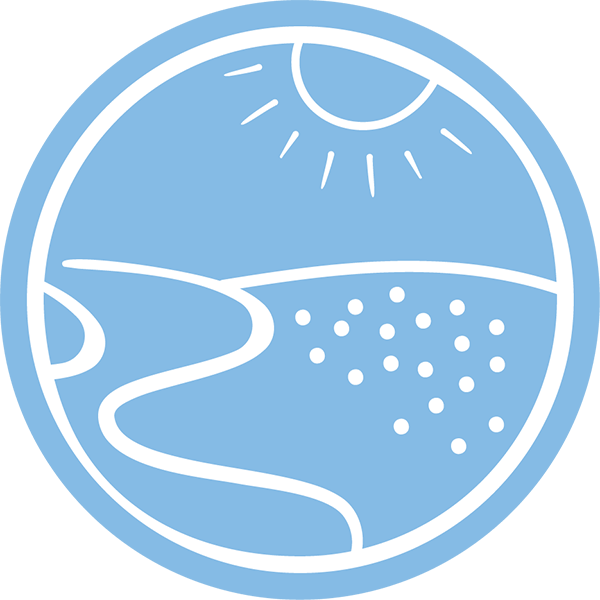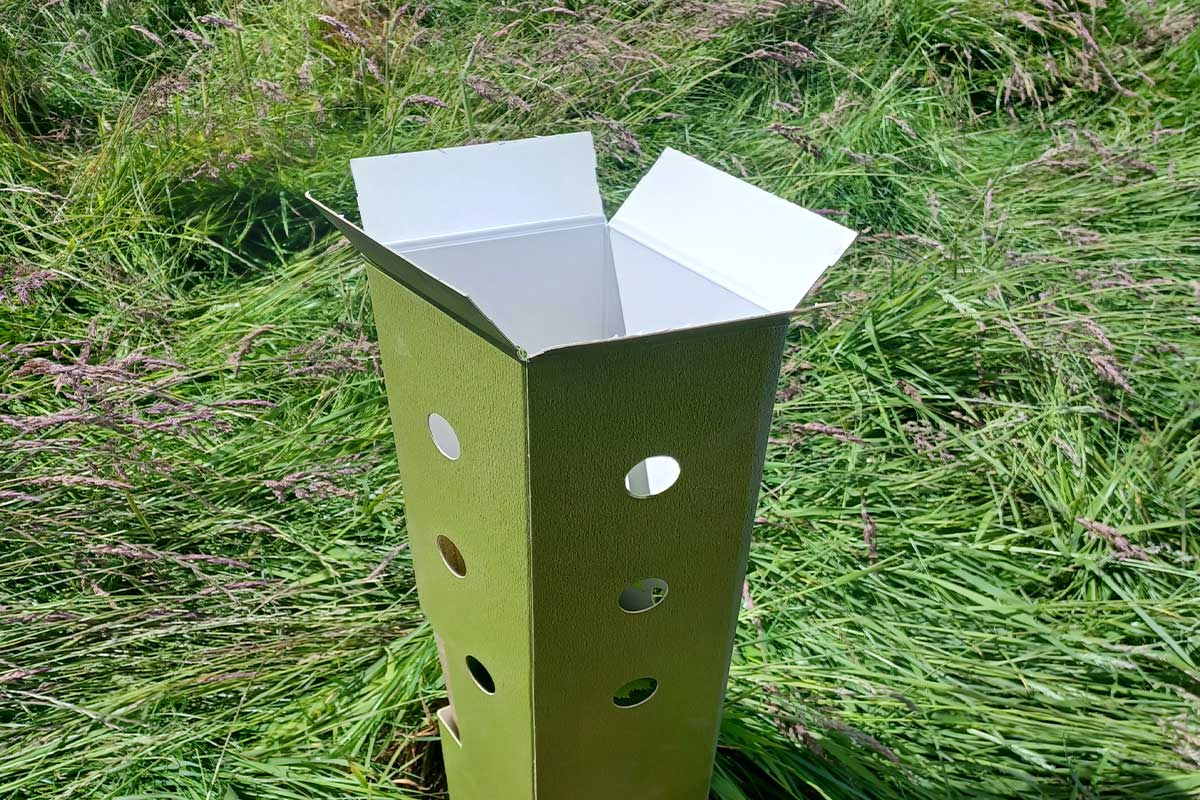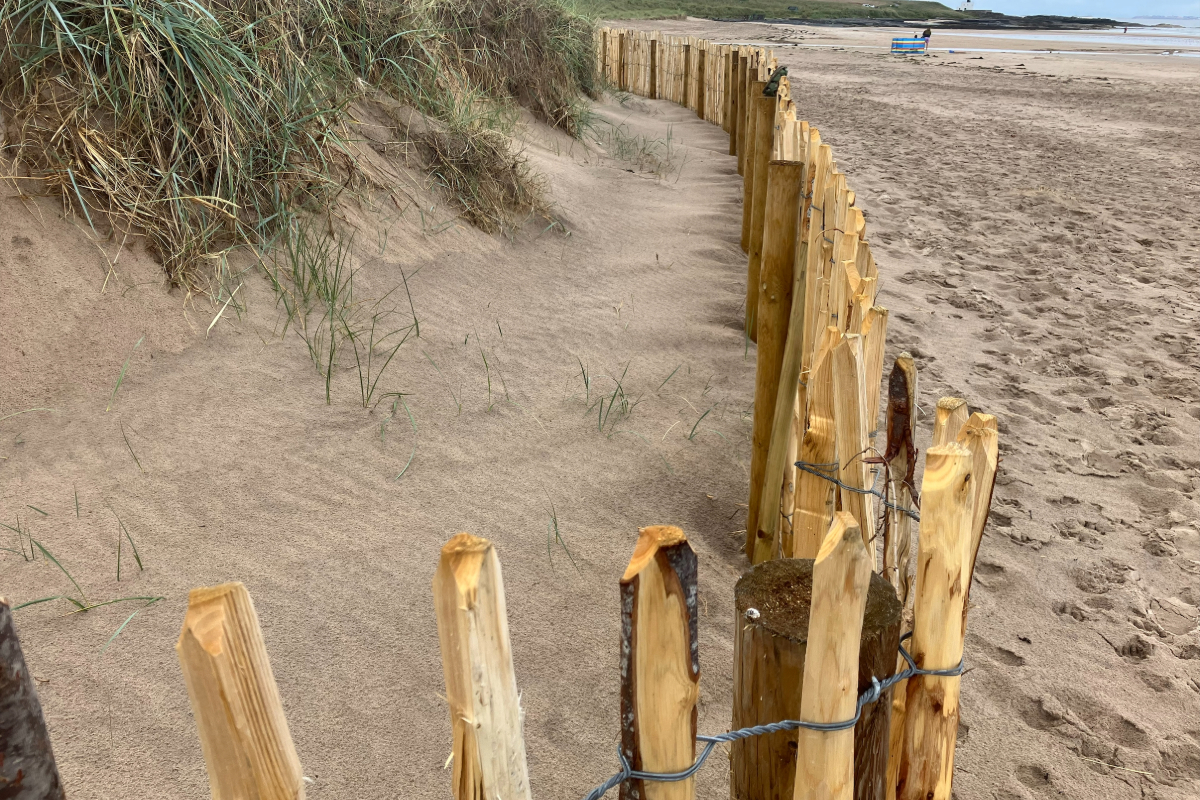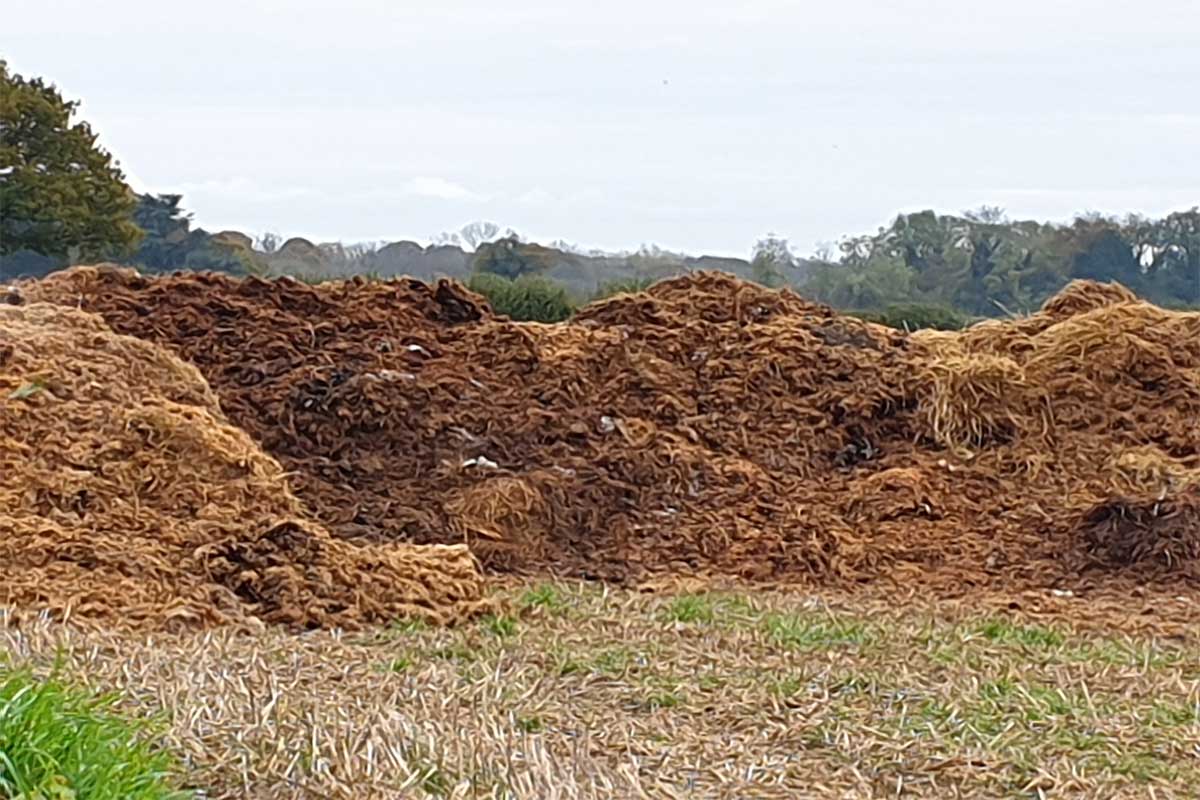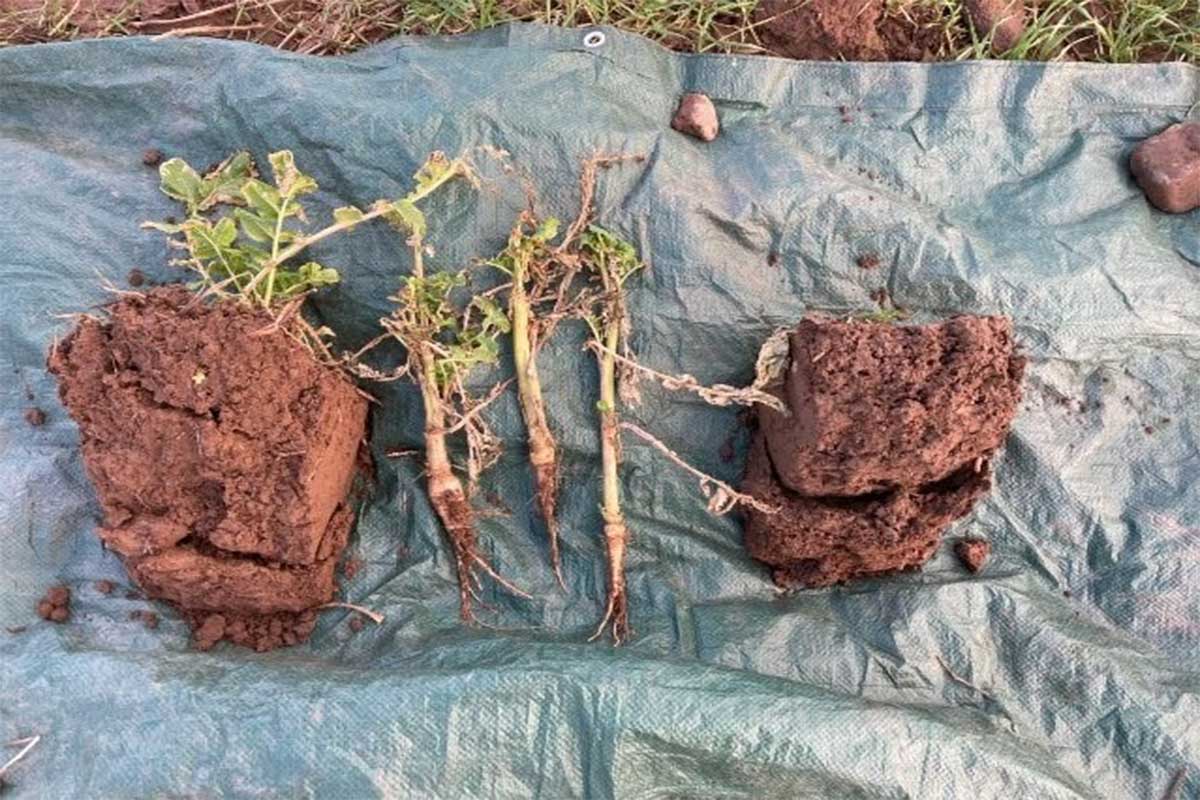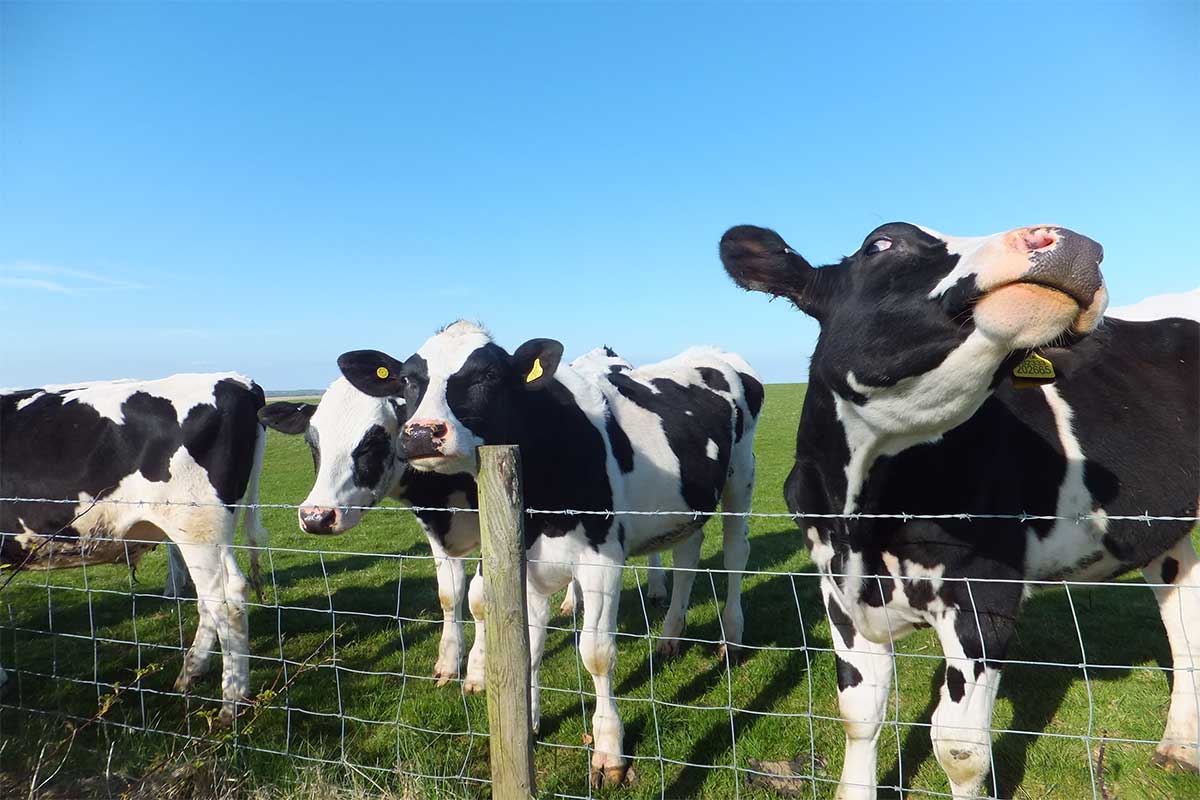
On the banks of the Lower Tweed, riparian woodland is being planted to provide a natural nutrient buffer between the grazed fields and the river system. This planting will help to reduce the amount of pollution entering the watercourse, reduce erosion of the riverbank and provide a wildlife corridor through the catchment itself. However, one of the main concerns farmers raise about planting along watercourses is that livestock often depend on rivers for drinking water. The project study site is an isolated field some distance from any existing water troughs, and livestock’s drinking water access will be severely restricted by the planting scheme. To overcome this, WADER is trialling the use of solar-powered water troughs.
Solar water troughs can operate in any remote location, pumping water at high pressure without needing access to electricity. They are still relatively new technology with new models frequently coming onto the market with mixed results. WADER aims to trial two different solar powered water troughs to test for longevity, ease of use, and cost-effectiveness. This has the potential to be a cost-effective solution which could be very valuable for overcoming barriers to future woodland creation projects.
